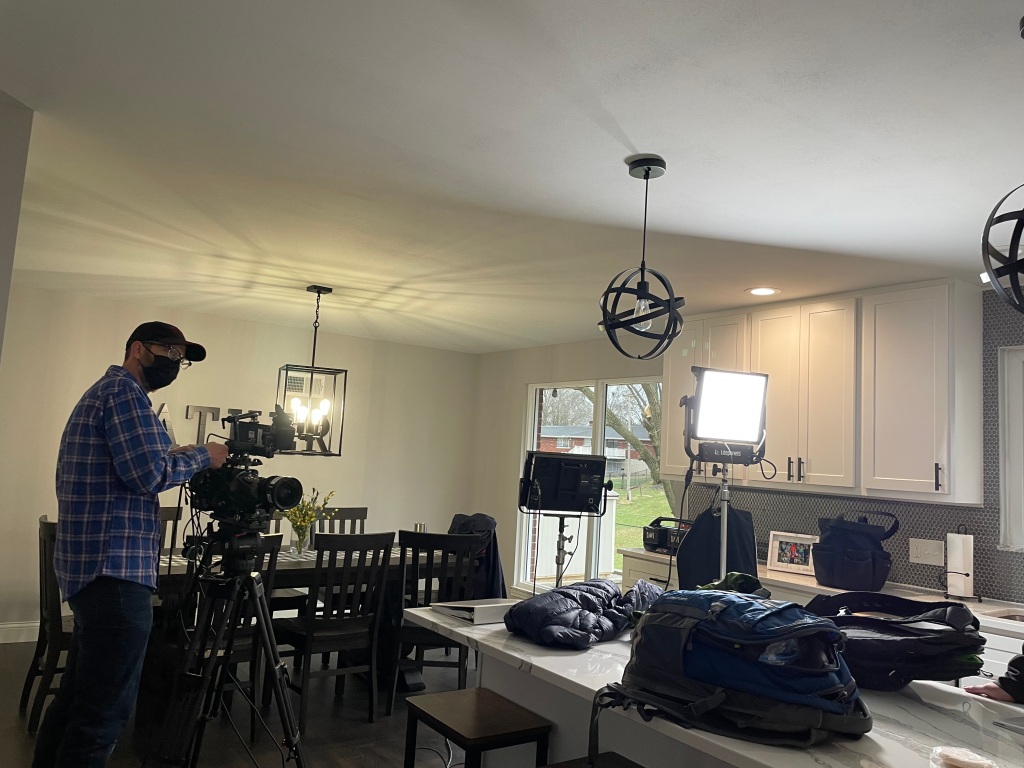As a professional photographer, I have seen the impact that a great headshot can have on a person’s career. Your headshot is often the first impression that potential clients, employers, or collaborators will have of you. It is crucial to put your best face forward and flatter your features in your headshot. In this ultimate guide, I will share tips on how to determine your face shape and suggest headshot poses that will enhance your unique features.
Determining Your Face Shape
Before we dive into specific poses, it’s important to determine your face shape. There are five main face shapes: oval, round, square, heart, and diamond. To determine your face shape, pull your hair back and take a close-up photo of your face. Then, using a ruler or measuring tape, measure the width of your forehead, cheekbones, and jawline.
- An oval face shape has a forehead that is slightly wider than the chin and a face that gently tapers towards the jawline.
- A round face shape has a rounded hairline and chin, and the width and length of the face are the same.
- A square face shape has a strong jawline and a forehead that is roughly the same width as the cheekbones.
- A heart face shape has a narrow jawline and a wider forehead and cheekbones.
- A diamond face shape has a narrow hairline and chin, and the cheekbones are the widest part of the face.
Once you have determined your face shape, you can start experimenting with headshot poses that will flatter your features.
Headshot Poses for Oval-Shaped Faces
If you have an oval-shaped face, you are in luck! This face shape is considered the most versatile and can pull off many different poses. One pose to try is to tilt your head slightly to one side and bring your chin down. This will elongate your neck and make your face appear slimmer. Another pose to try is to look slightly away from the camera with a slight smile. This will create a natural, relaxed look.
Avoid poses that involve looking straight at the camera as this can make your face appear wider. Also, avoid poses that involve tilting your head too far back as this can create an unflattering double chin.


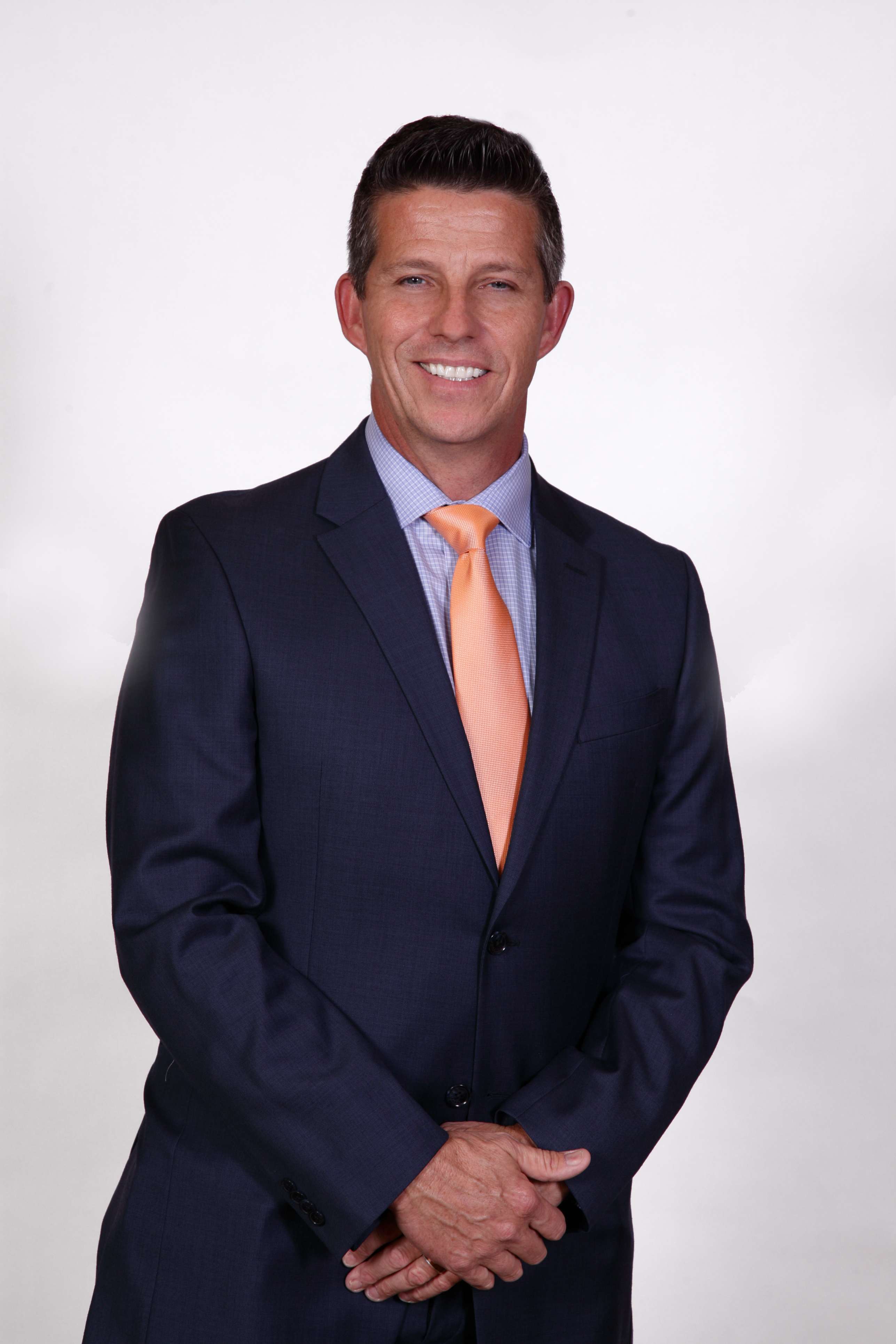

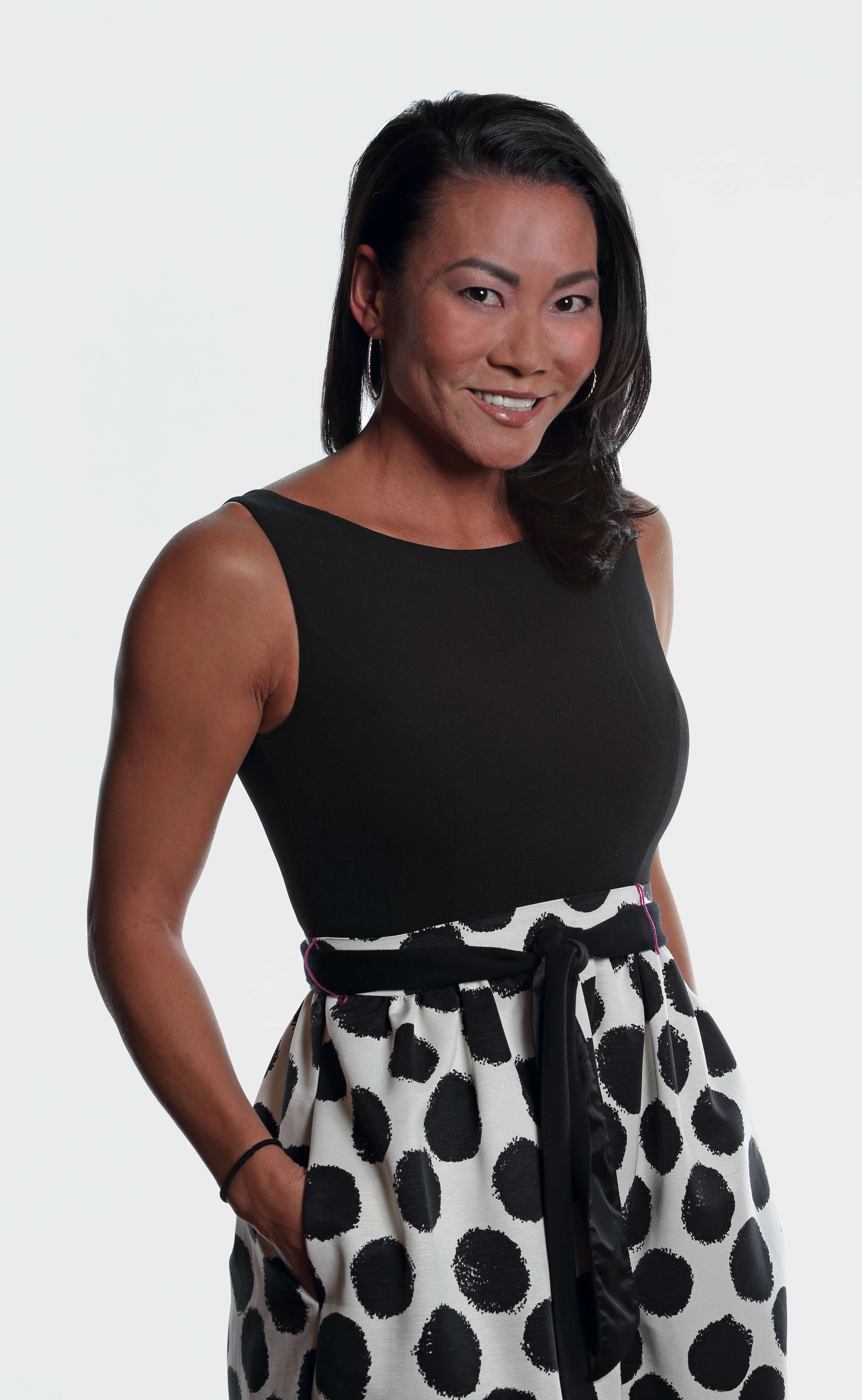






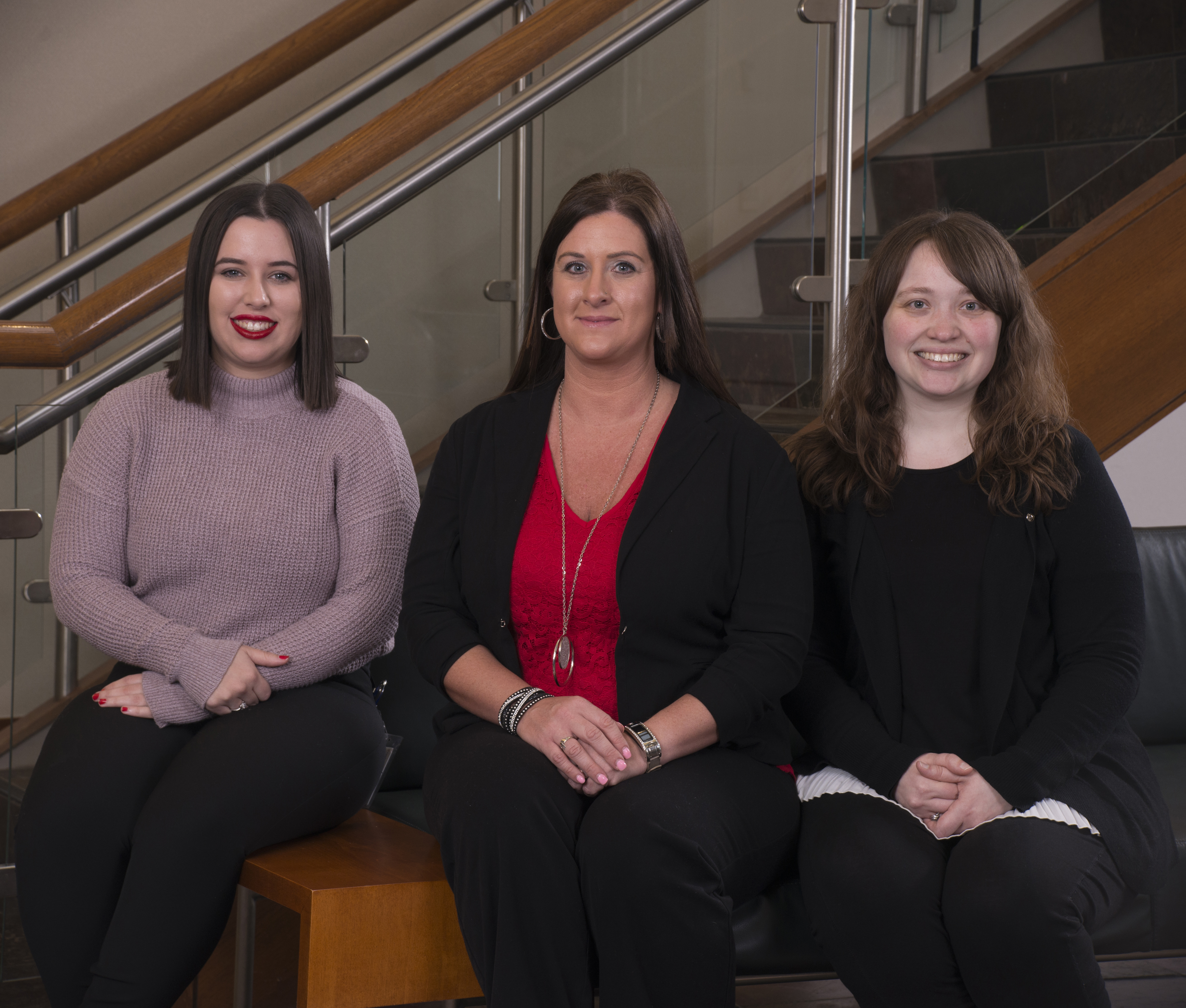

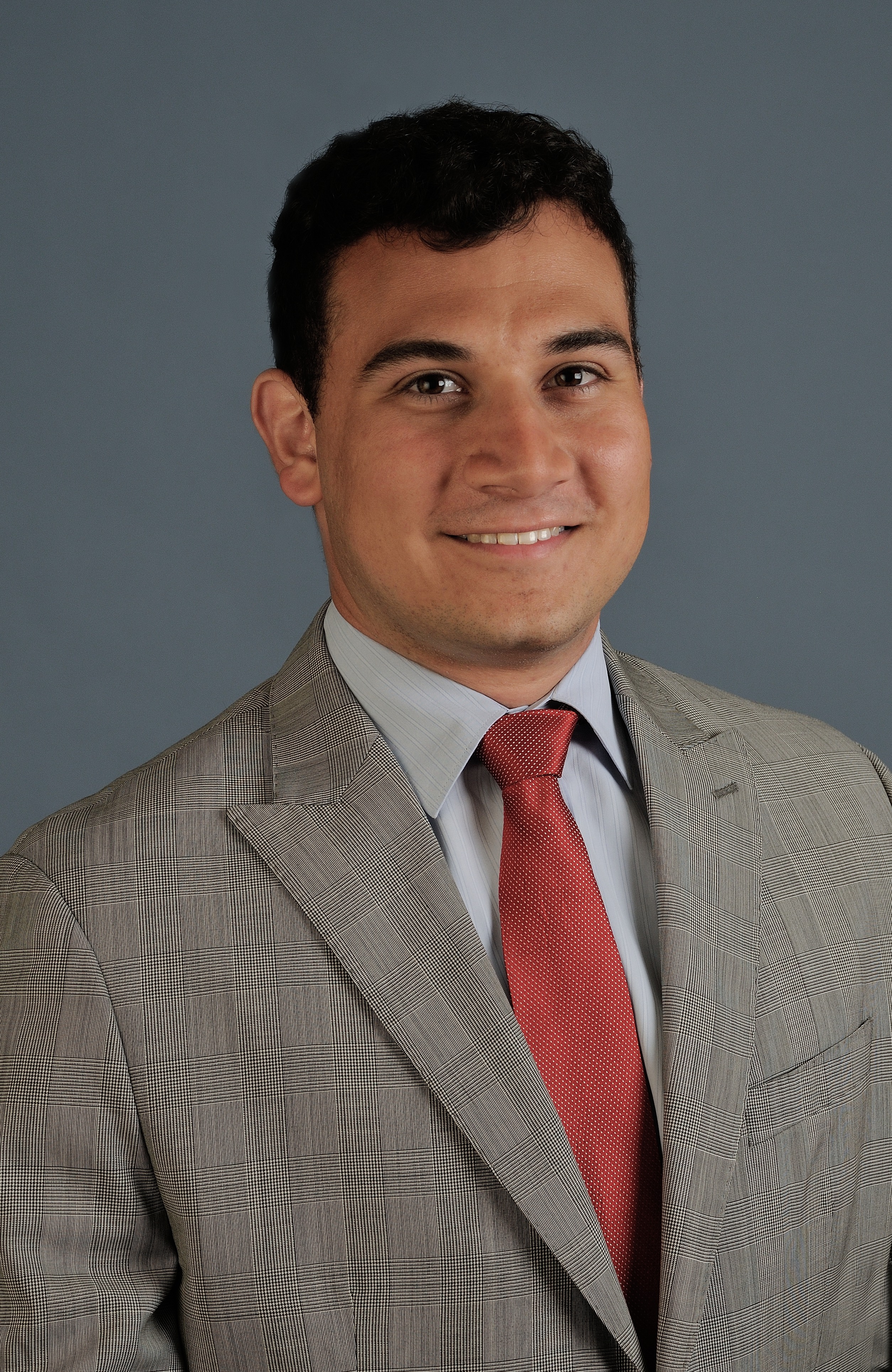












Headshot Poses for Round-Shaped Faces
If you have a round face shape, you will want to aim for poses that create the illusion of length and angles. One pose to try is to tilt your head slightly to one side and bring your chin down, just like the pose for oval-shaped faces. Another pose to try is to look slightly away from the camera and bring your shoulder towards the camera. This will create a diagonal line and make your face appear slimmer.
Avoid poses that involve looking straight at the camera or tilting your head straight back as this can make your face appear wider. Also, avoid poses that involve looking down at the camera as this can create an unflattering double chin.
Headshot Poses for Square-Shaped Faces
If you have a square face shape, you will want to soften your strong jawline with poses that create curves. One pose to try is to tilt your head slightly towards the camera and bring your chin down. This will create a diagonal line and make your face appear slimmer. Another pose to try is to look slightly away from the camera and bring your shoulder towards the camera. This will create a natural, relaxed look.
Avoid poses that involve looking straight at the camera or tilting your head straight back as this can accentuate your strong jawline. Also, avoid poses that involve looking down at the camera as this can create an unflattering double chin.
Headshot Poses for Heart-Shaped Faces
If you have a heart-shaped face, you will want to focus on creating balance between your forehead and jawline. One pose to try is to tilt your head slightly to one side and bring your chin down. Another pose to try is to look slightly away from the camera and bring your shoulder towards the camera. This will create a diagonal line and make your face appear slimmer.
Avoid poses that involve looking straight at the camera or tilting your head too far back as this can accentuate your forehead. Also, avoid poses that involve looking down at the camera as this can create an unflattering double chin.
Headshot Poses for Diamond-Shaped Faces
If you have a diamond face shape, you will want to focus on creating balance between your narrow hairline and chin. One pose to try is to tilt your head slightly towards the camera and bring your chin down. Another pose to try is to look slightly away from the camera and bring your shoulder towards the camera. This will create a diagonal line and make your face appear slimmer.
Avoid poses that involve looking straight at the camera or tilting your head too far back as this can accentuate your narrow hairline and chin. Also, avoid poses that involve looking down at the camera as this can create an unflattering double chin.
Tips for Flattering Your Features in Headshot Photography
In addition to specific poses based on your face shape, there are some general tips that can help you flatter your features in headshot photography.
- Practice good posture. Standing up straight and pulling your shoulders back can create a confident and approachable look.
- Play with angles. Experiment with different angles by tilting your head or turning your body slightly. This can create interesting and dynamic shots.
- Choose the right clothing. Wearing clothing that flatters your body and matches your brand can create a cohesive and professional look.
- Use good lighting. Lighting can make or break a headshot. Make sure to use natural light or a well-placed artificial light source to highlight your best features.
Common Headshot Mistakes to Avoid
While it’s important to focus on what to do in headshot photography, it’s also important to be aware of common mistakes to avoid.
- Over-posing. Too many poses can make your headshot appear forced or unnatural. Stick to a few poses that highlight your best features.
- Poor posture. Slouching or hunching can make you appear unconfident or unapproachable.
- Overuse of props. Props can be fun, but too many can distract from your face and message.
- Using outdated headshots. Make sure to update your headshot regularly to reflect your current look and brand.
Putting Your Best Face Forward
Your headshot is an important tool in your professional arsenal. By determining your face shape and experimenting with poses that flatter your features, you can create a headshot that accurately reflects your brand and personality. Remember to avoid common mistakes and focus on good posture, angles, clothing, and lighting. With these tips, you are well on your way to putting your best face forward.
Book a professional headshot session today to flatter your features and enhance your professional brand.
314-913-5626
stlouiscorporatephotographer@gmail.com
